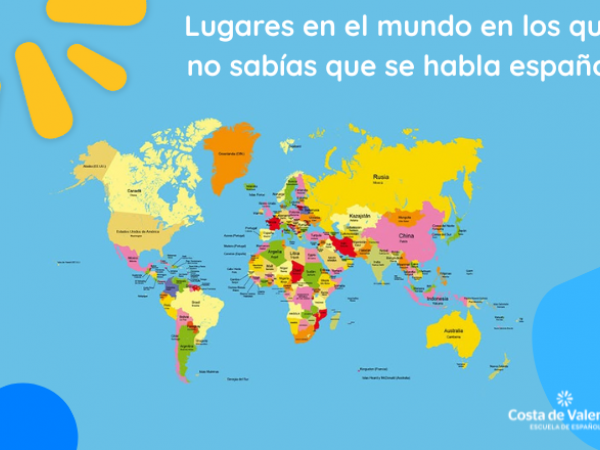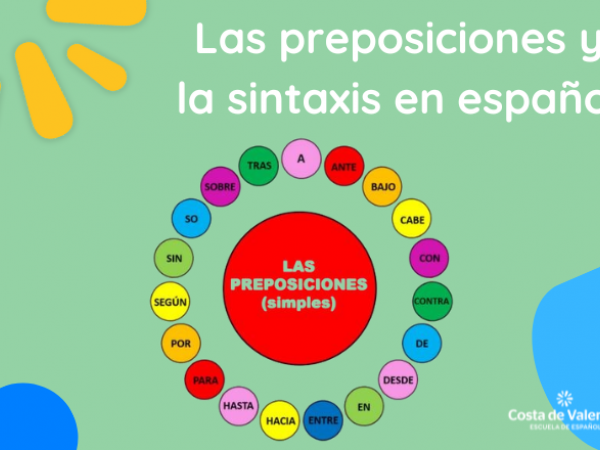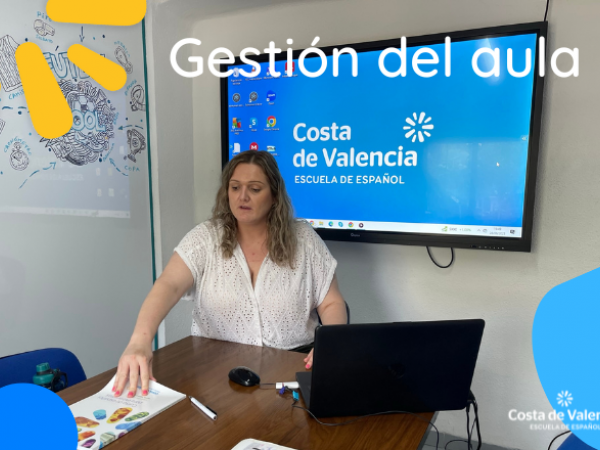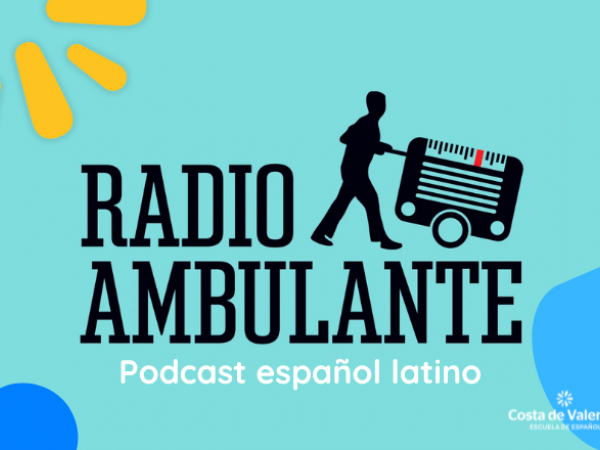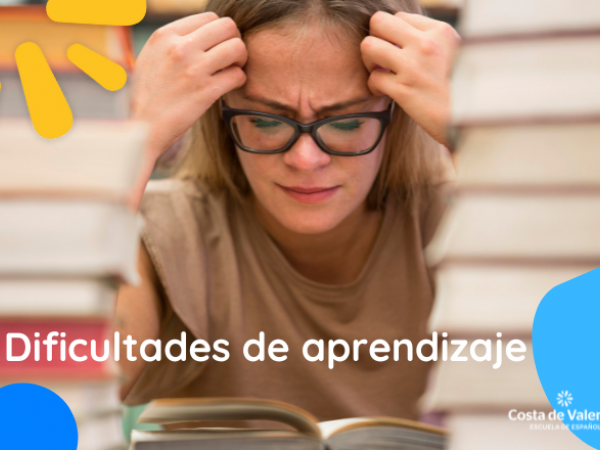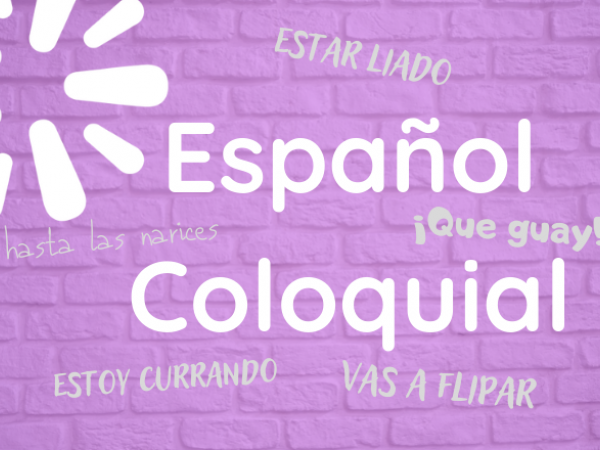Is it easier to teach A1 level or C2 level classes?
When we start teaching ELE classes, normally we are all a little afraid of encountering groups with "extreme" levels, either because we think that it will be impossible for the students to understand us, or because we fear not having sufficient knowledge in groups. advanced. In both cases, special and different preparation is required for the teaching to be successful, but, nevertheless, do you think it is easier to teach classes at an A1 level or at a C2 level?
In this entry we will try to answer the eternal question that worries Spanish as a foreign language teachers so much by evaluating the particularities of each level and the difficulties that a teacher can face when teaching these levels in the ELE classroom. .
If we consider the simplicity of the content, at first glance it may seem that the answer is obvious – it is easier to teach A1 level classes. The variety of topics covered in class is considerably smaller compared to a C2 level and students are learning basic concepts such as the alphabet, elementary vocabulary and simple grammatical structures. In addition, the classes focus on improving your basic communication skills, such as introducing yourself or asking for directions, and since they are simpler and more direct concepts than at a C2 level, it may give us the impression that they are easier to teach, but is it Is this really so?
There are many difficulties that a teacher must face when encountering A1 level groups, some of these are:
1. Limited linguistic competence of students: Students at level A1 usually have a very basic understanding of Spanish, which makes effective communication in the classroom difficult. Therefore, teachers must adapt their language and use simple techniques to ensure student understanding.
2. Need to focus on fundamental aspects: Teachers need to find creative and effective ways to teach the fundamental concepts of the language, such as the alphabet, greetings, numbers and basic vocabulary. It is crucial that these concepts are understandable and memorable to students.
3. Lack of previous experience in the language: Teachers must be prepared to offer a clear and progressive introduction to Spanish, especially considering that many students may be completely new to studying the language. In fact, for some it may be the first time they have learned a foreign language, so they will need more time and support to become familiar with the structure and sound of Spanish.
4. Limited motivation and attention: Being a completely new language, some students may feel frustrated or unmotivated, so teachers must maintain a positive learning environment and encourage active student participation, using materials and activities that are interesting and relevant to them.
If we move to the other extreme and consider the difficulty of teaching Spanish at a C2 level, where students have a near-native command of the language and the breadth of topics covered is much greater, it might seem that this level is more challenging to address in the classroom. In fact, there are several reasons to think this way, since at a C2 level the teacher must:
1. Maintain motivation: C2 level students already have a high level of proficiency in Spanish and teachers must find ways to challenge and stimulate their progress. This means offering interesting and relevant activities that maintain their commitment to learning.
2. Encourage fluency and accuracy: Teachers should provide frequent opportunities to practice advanced oral and written production. Additionally, it is crucial to provide detailed feedback to help students improve their linguistic expression.
3. Address the complexity of the content: It is essential that teachers have a deep knowledge of the Spanish language and culture to facilitate in-depth discussions and understanding of advanced texts.
4. Preparation of materials and assessments: At the C2 level, teaching materials and assessments must be challenging and adapted for highly competent students. Therefore, teachers need to invest time and effort in preparing authentic and relevant materials, as well as creating assessments that accurately measure students' language skills at an advanced level.
However, some people may find teaching the C2 level easier. Firstly, students tend to have greater autonomy in their learning and can assume a more active role in the class, which often translates into greater fluidity in teaching as they are students who are more motivated and committed to their learning. . Likewise, their command of the language is greater and so is their ability to understand and produce a wide variety of texts and speeches, thus facilitating communication in the classroom. Additionally, it is a level at which students can access a wide range of authentic resources and materials in Spanish, such as newspapers, magazines, books and films, enriching their learning experience and providing a solid foundation for teaching.
So, which of the two levels is easier to teach: A1 or C2? Simply put, determining which level is easier to teach between an A1 and a C2 is complicated, as each presents unique challenges. Ease of teaching will depend on the teacher's individual competence and preferences, as well as personal experience. And for you, what level do you find easiest to teach?





